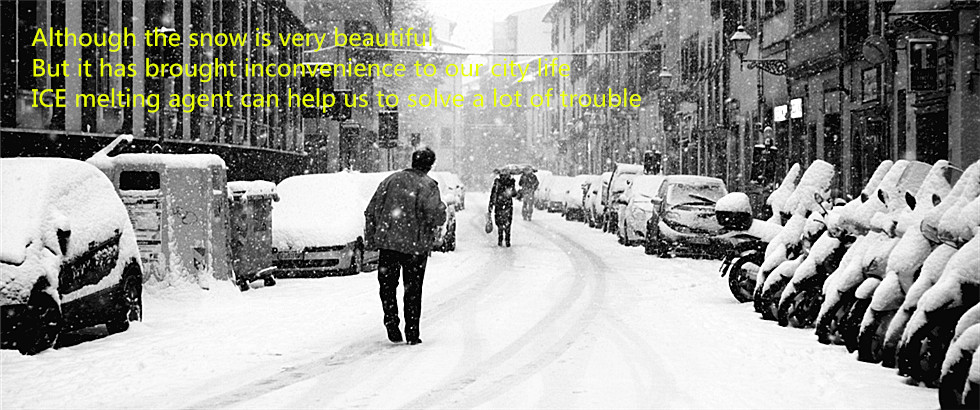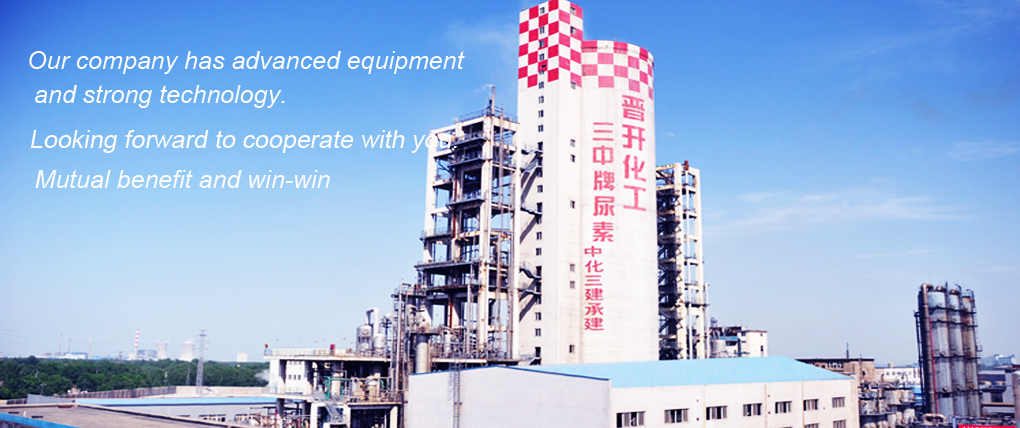Plants need nitrogen to build proteins and perform photosynthesis. Legumes such as alfalfa and beans can take the nitrogen from the atmosphere and fix it into the soil for later use. Unfortunately, most plants can only absorb specific forms of nitrogen from the soil through their roots. Nitrogen-deficient soil causes stunted growth, poor fruit and flower yields, and yellowed leaves in plants.

Product Center

Trades news

FAQ

Contact Us
| Tel: | 0086-0536-2110615 |
| Email: | Jack@qdtys.com |
| Adress: | No.5 zhongxue street, Weifang |

Tags

News
Different plants have different nitrogen needs, and a few nitrogen-greedy plants can leave the soil badly depleted. Gardeners and farmers add nitrogen-rich urea fertilizers to the soil to replenish lost nitrogen in order to improve plant health and increase crop yields. Unfortunately, some of these high-nitrogen fertilizers add too much nitrogen to the soil, causing harmful effects.
Nitrogen and Plants
Labels
-
In order to determine the amount of nitrogen in a urea fertilizer, read the label. Fertilizer labels have three numbers that represent the percentage of the primary nutrients, nitrogen, phosphorus and potassium, in that order in the fertilizer. A 5-1-1 fertilizer is 5 percent nitrogen, 1 percent phosphorus and 1 percent potassium.
-
Anhydrous Ammonia and Urea
-
Anhydrous ammonia is 82 percent nitrogen. Anhydrous ammonia is difficult to use as a fertilizer. It is a highly pressurized liquid that must be injected about 6 inches into the soil, or it quickly becomes a gas. Once in the soil, the bacteria convert the ammonia into usable nitrates and nitrites. Urea is a low-cost fertilizer that is 46 percent nitrogen and manufactured from anhydrous ammonia. Urea must also be plowed down or injected into the soil to prevent volatilization to the air as ammonia gas.
Other Options
-
Easier to use options include calcium nitrate, potassium nitrate and sodium nitrate. Calcium nitrate and sodium nitrate are 16 percent nitrogen and potassium nitrate is 13 percent nitrogen. These fertilizers contain plant-usable nitrogen that does not need to undergo any biological conversions in the soil, as anhydrous ammonia and urea do, and are extensively used in fruit and vegetable production.
Caution
-
Although plants need nitrogen to grow and produce, they can only use so much. Bacteria in the soil can convert some of the excess nitrogen into atmospheric nitrogen that is released harmlessly into the air. However, precipitation and irrigation often causes excess nitrogen to run off or to leach farther into the ground, contaminating the water supply and contributing to toxic algae blooms.

247.jpg)


